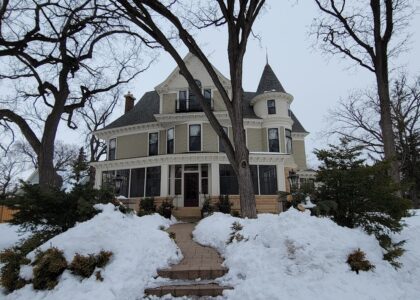Welcome to Darfur, a location with a rich yet tumultuous history that has shaped its identity over the centuries. Though it shares its name with the region in Sudan, this Darfur in Butterfield, Minnesota, serves as a unique point of interest with its own story to tell, deeply connected to the broader tapestry of historical narratives.
The area known as Darfur in Minnesota was established by settlers in the late 19th century as part of the westward expansion and development of the American Midwest. During this period, many communities were founded by European immigrants seeking new opportunities and land for farming. While the specific founding details of Darfur, Minnesota are sparse, it likely followed this pattern of settlement.
One of the significant historical figures associated with Darfur, Sudan, and indirectly connected to the name recognition here, is St. Josephine Bakhita. Born around 1869 in the village of Olgossa in Darfur, now part of Sudan, she was kidnapped and sold into slavery as a child. Her story of resilience and eventual canonization as a Roman Catholic saint resonates with themes of survival and hope, providing a poignant background to the name ‘Darfur.’
In the broader historical context, Darfur, Sudan, has been a region marked by its struggles for autonomy and identity amidst colonial and post-colonial dynamics. The name ‘Darfur’ in Minnesota may evoke these stories, creating a backdrop that reminds us of the complex histories shared across the globe.
The evolution of Darfur, Minnesota, over time reflects the changes in rural American communities. From its early days as a farming settlement to its current status as a small yet distinct community, it has witnessed the shifts in agricultural practices, economic challenges, and cultural transformations typical of small-town America.
With its unique ties to a name that carries significant weight in world history, the Darfur of Butterfield, MN becomes a place where local American history and global narratives intersect, offering stories that bring the past to life for those who visit or pass through.




